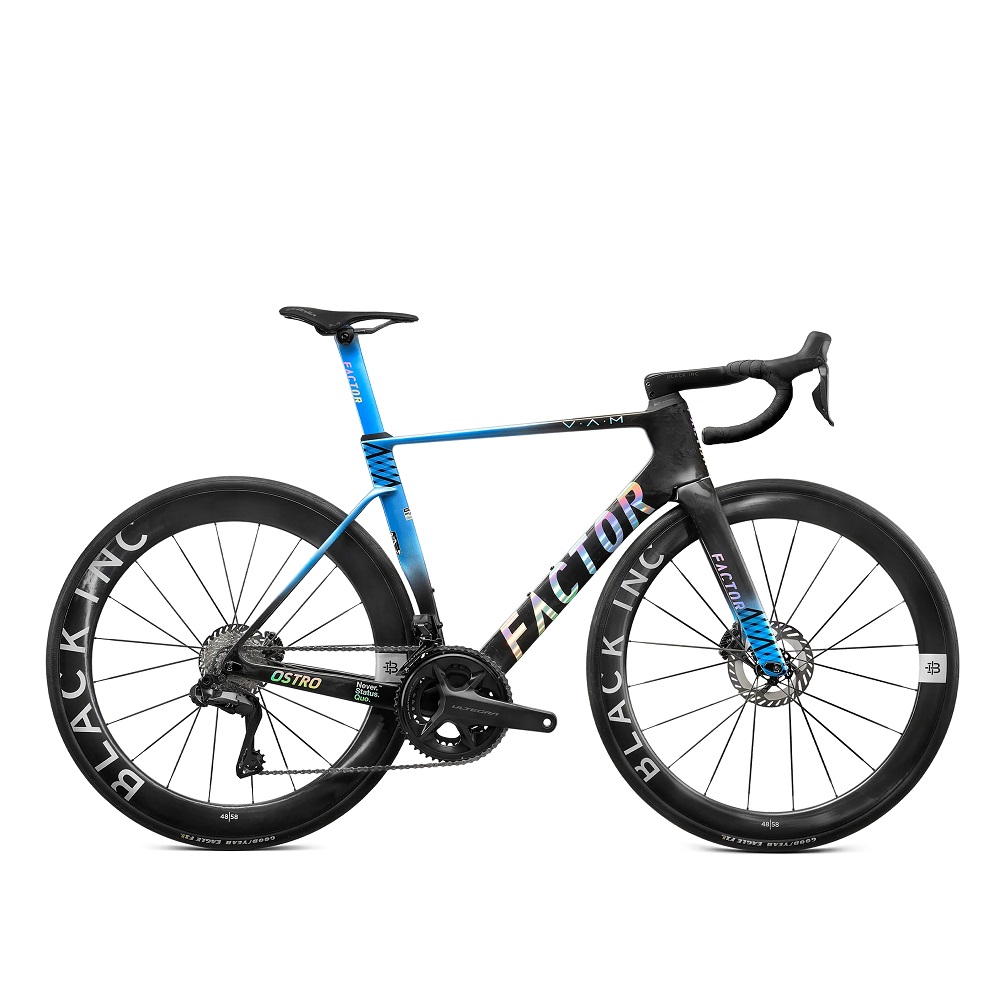Types of Road Bikes
Selecting the right type of road bikes for beginners can be daunting. Let’s explore the most common types. Understanding the differences will help you make an informed decision.
Entry-Level Road Bikes
Entry-level road bikes are ideal for beginners. They offer a blend of comfort, stability, and affordability. These bikes often have an aluminum frame and basic components. They are perfect for those just starting and not wanting to invest heavily.
Endurance Road Bikes
Endurance road bikes prioritize comfort over long distances. They have a relaxed geometry, which means a more upright riding position. This reduces strain on your back and shoulders. They often feature additional compliance, such as wider tires, for a smoother ride.
Race Road Bikes
Race road bikes are for speed enthusiasts. They have a more aggressive geometry for an aerodynamic position. Made with lightweight materials, they usually come with higher-end components. These bikes are suitable for competitive cyclists and those seeking performance.
Gravel Road Bikes
Gravel road bikes, also known as adventure bikes, are versatile and durable. They are designed to handle a mix of terrain, from paved roads to gravel and dirt paths. Their features often include wider tires, disc brakes, and a robust frame to tackle various surfaces.

Key Features to Consider
When diving into the world of road biking, especially for beginners, several key features demand attention. The following components play a pivotal role in the performance, comfort, and durability of road bikes for beginners. Understanding these can shape a more enjoyable and effective biking experience. Let’s delve into each of these crucial aspects.
Frame Materials
The frame is the backbone of a road bike, and its material greatly influences weight, strength, and cost. Common materials include:
- Aluminum: Lightweight, affordable, but can offer a stiffer ride.
- Carbon Fiber: Offers the best stiffness-to-weight ratio but comes at a higher price.
- Steel: Known for durability and a smooth ride, though it’s heavier.
- Titanium: Durable and light but typically found on high-end bikes due to cost.
Each material has its pros and cons, and the choice often balances budget with performance goals.
Gearing Systems
Gearing systems determine how easy or hard it is to pedal in various terrains. Here’s what to consider:
- Number of Speeds: More speeds mean more versatility in different grades.
- Shifter Type: Integrated shifters grant ease of use, especially for beginners.
- Gear Ratios: A wide gear ratio can help tackle steep climbs.
Choose a system that meshes with the terrain you’ll primarily ride on.
Wheel and Tire Options
Wheels and tires affect speed, traction, and ride comfort. Key points include:
- Wheel Size: The standard for road bikes is 700c, suited for speed and efficiency.
- Tire Width: Narrow tires are faster, while wider tires offer more comfort and grip.
- Tubeless Tires: Can reduce flats and allow for lower air pressure for a softer ride.
Match your wheel and tire choices to your biking activities and local road conditions.
Brake Types
Brakes are critical for safety, with two primary types:
- Rim Brakes: Traditional, lightweight, and easy to maintain.
- Disc Brakes: Provide better performance in wet conditions and offer more consistent stopping power.
Consider your riding conditions and maintenance preferences when selecting brake types.
Size and Fit
Finding the right size and fit is crucial for comfort and performance when choosing road bikes for beginners.
Importance of Proper Sizing
The right bike size ensures a good riding posture. It can reduce injury and boost your cycling enjoyment. It is particularly important for beginners to get this right from the start. A bike that’s too large or too small can lead to discomfort or control issues. Proper sizing affects your ability to reach the pedals, handlebars, and ground safely.
How to Measure Yourself for a Road Bike
To find the perfect road bike size, start by measuring your height and inseam. You’ll need a tape measure and possibly a friend to help. Measure your height by standing against a wall, barefoot. For your inseam, stand with your back against the wall and a book between your legs. Measure from the top of the book to the floor. With these measurements, check a sizing chart specific to the bike brand or model you’re interested in. Remember, testing the bike for comfort is just as important as the measurements.
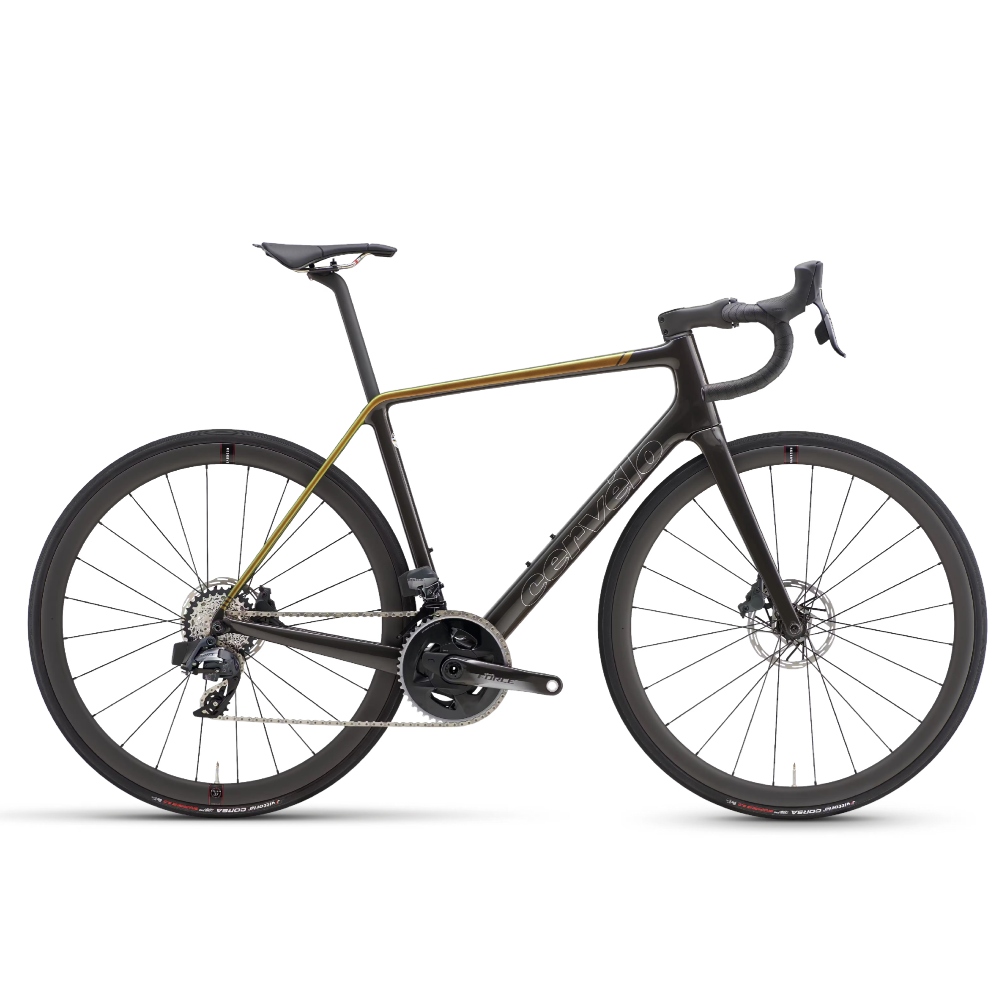
Budgeting for Your First Road Bike
Budgeting is a significant step when choosing your first road bike. Set a clear budget early to guide your buying process.
Price Ranges and What to Expect
Road bikes for beginners vary in price from a few hundred to a few thousand dollars. Lower-end models, often under $500, may have heavier frames and basic components. A mid-range bike, priced between $500 and $1,500, usually offers better build quality and lighter materials. High-end bikes, which can exceed $1,500, typically boast premium features like carbon fiber frames and advanced gearing systems. Always compare prices and know what features are included. Look for the best value within your budget, as the cheapest option is not always the best one.
Cost vs. Quality in Road Bikes
While initiating your road biking adventure, it’s tempting to cut costs, but remember, quality matters. Cheaper bikes might save money upfront but can lead to more expenses long-term due to lower durability and more frequent repairs. Investing in a quality bike ensures a safer, more efficient, and enjoyable ride. It can also mean fewer visits to the repair shop. Keep in mind that a good-quality frame and reliable components could save you money over time. Balance your budget with the quality to find the best road bike for you.
Essential Gear and Accessories
Not only do you need to pick the right road bikes for beginners, but also the gear that goes with it. Essential gear enhances safety and can elevate the overall biking experience for beginners.
Helmets and Safety Gear
Your top priority should be a helmet that fits well and provides reliable protection. Choose a helmet that’s certified for cycling safety standards. Lights, reflectors, and high-visibility clothing are also crucial, especially for those riding in low-light conditions. Padded gloves and cycling glasses are recommended to shield your hands and eyes from fatigue and debris. Remember that safety gear is a non-negotiable investment in your well-being on the road.
Additional Accessories for Comfort and Performance
Once you have your safety sorted, focus on accessories for comfort and performance. A quality pair of bike shorts with padding will make longer rides more comfortable. Look into installing a bike computer to track speed and distance. Water bottle cages and a small repair kit are essentials for hydration and quick fixes on the road. Upgrade your comfort with a gel seat cover, especially if you find the typical road bike seat too hard. Saddlebags can be useful for carrying personal items or spare tubes. Balancing cost with quality, pick accessories that enhance comfort and help advance your cycling journey.
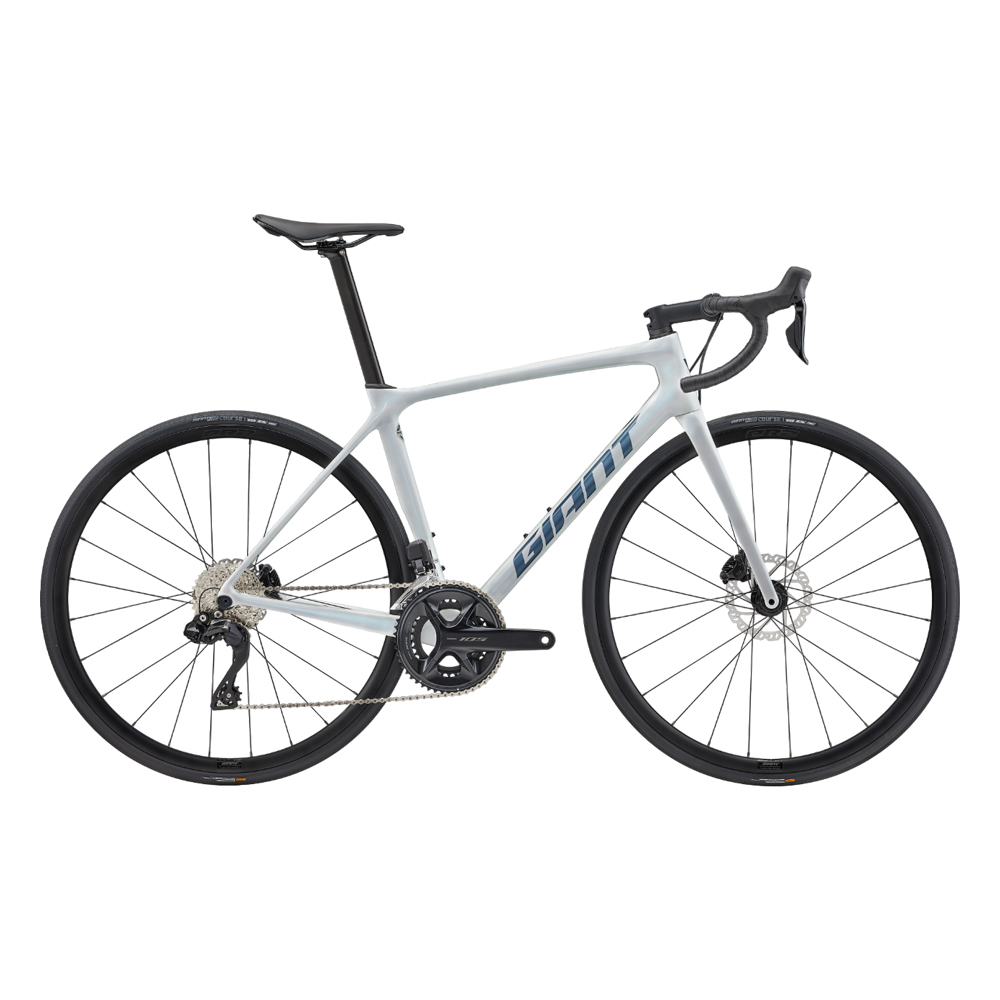
Maintenance and Upkeep
Proper maintenance ensures your road bike runs smoothly and lasts longer. Below we’ll discuss basic maintenance tips, and when to seek professional servicing, keeping your investment in tip-top shape.
Basic Maintenance Tips for Road Bikes
Maintaining a road bike is crucial to guarantee reliability and safety. Here are some simple guidelines:
- Clean Regularly: Wipe down your bike after rides, especially if it’s wet or muddy.
- Lubricate the Chain: Apply bike-specific lubricant to keep the chain running smoothly.
- Check Tire Pressure: Inflate tires to the recommended pressure to avoid flats and ensure a smooth ride.
- Inspect Brakes: Make sure brake pads aren’t worn and that they engage properly.
- Tighten Bolts: Regularly check and tighten bolts to prevent parts from loosening.
- Review Gears: Shift through gears to ensure they’re changing smoothly.
- Align Wheels: Trued wheels keep your bike stable and efficient.
Adopt these practices to keep your road bikes for beginners in great condition. Consistent care prevents basic wear and tear from turning into costly repairs.
When to Service Your Road Bike
Servicing by a professional is as vital as regular upkeep. Know these signs for when it’s time:
- After a Crash: Even a minor fall can misalign components.
- Strange Noises: Unusual sounds often indicate a need for a check-up.
- Difficulty Shifting: If gear changes aren’t smooth, it might be time for a tune-up.
- Scheduled Maintenance: Follow the manufacturer’s recommendations for service intervals.
Don’t wait for breakdowns to tend to your bike. Regular check-ups can save you time and money in the long run, ensuring a consistently pleasant cycling experience. Stick to these maintenance schedules to prolong the life and performance of your bike.
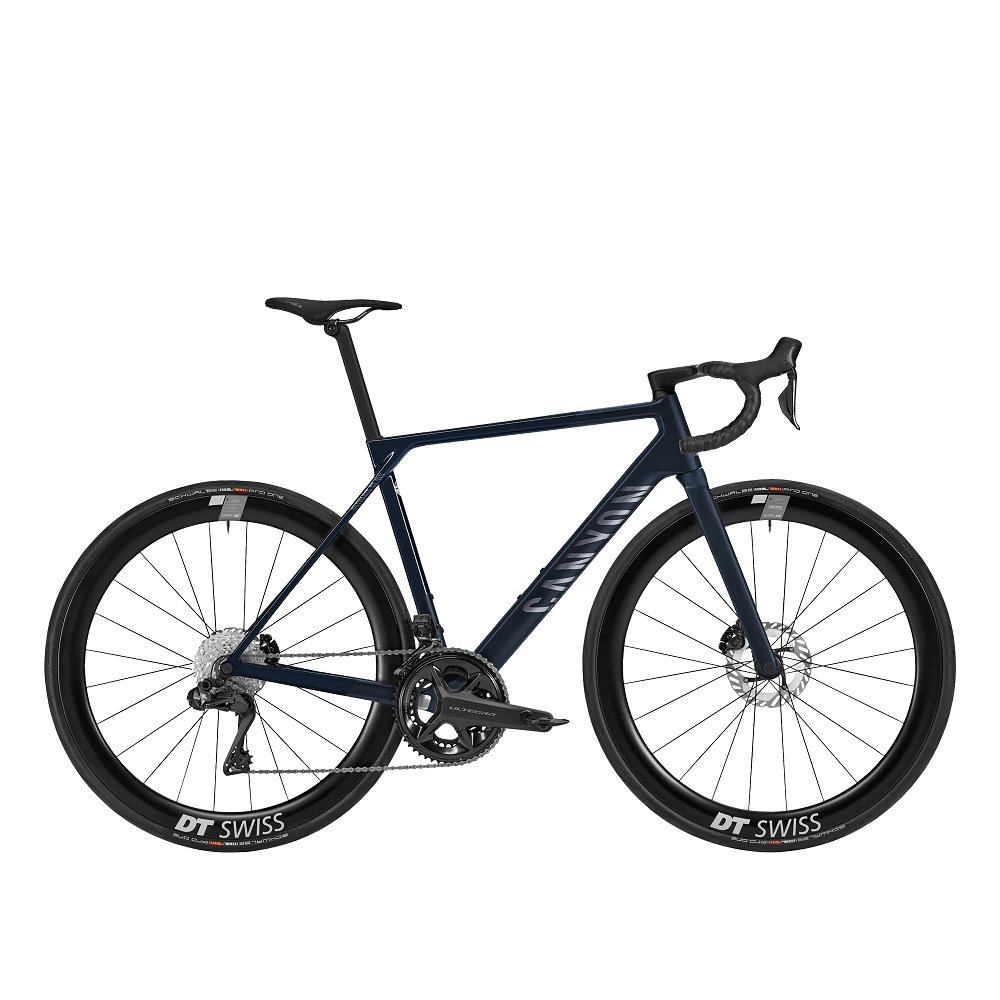
Where to Buy a Road Bike
Choosing the right place to buy road bikes for beginners is as important as the bike itself. There are two main options: local bike shops and online retailers. Each has its pros and cons.
Local Bike Shops vs. Online Retailers
Local bike shops offer personalized service and expert advice. The staff can help you with sizing and selecting the right bike. They often provide after-sales services such as free tune-ups and adjustments. Buying from a local shop supports the local economy too. The downside can be a higher price and a smaller range of stock.
Online retailers often have lower prices and a wider selection. They are convenient as you can shop from home. However, you miss out on the expertise and direct service of a local shop. Returns or servicing can be more challenging and costly.
Weigh the options. Consider the service and expertise from local shops versus the convenience and prices online.
Test Riding Before Purchase
Test riding is a key step in choosing road bikes for beginners. It confirms if a bike’s size and fit are right for you. It gives you a feel for the bike’s performance and comfort. Local bike shops usually allow test rides. Online, this is not possible. When test riding, pay attention to how the bike handles and how comfortable you feel.
Ask the shop if they can adjust the bike to fit you better. Check the bike’s response to turns and brakes. Make sure you feel in control and at ease. If possible, test several bikes to compare.
Remember, the bicycle is a significant investment in your health and happiness. Take the time to find a bike that feels right for you.
Creating a Road Biking Routine
Setting Goals and Tracking Progress
After acquiring your road bike and ensuring it is in top condition, beginning a routine will help you establish cycling as a hobby. Setting realistic goals based on your fitness level can motivate you to get started. Whether your goal is to ride a certain number of miles per week or to complete a specific route, tracking progress is key to staying motivated.
Various smartphone apps and bike computers can assist in monitoring your rides. These tools offer features like speed, distance, elevation changes, and route mapping. Engaging with a cycling community, either locally or online, can provide valuable support. Sharing experiences and successes with others can keep you motivated and informed.
Exploring Local Routes
Finding scenic and safe routes to ride will enhance your cycling experience. Research local trails, neighborhoods, and parks that are popular with cyclists. Many cities have organized cycling groups that lead rides, allowing you to meet fellow cyclists while learning new routes.
Exploring new paths keeps cycling exciting. It also provides opportunities to enjoy nature, discover hidden gems, and connect with the local community. Remember, each ride is a chance to improve your skills, build fitness, and enjoy the exhilarating experience of being on the road.
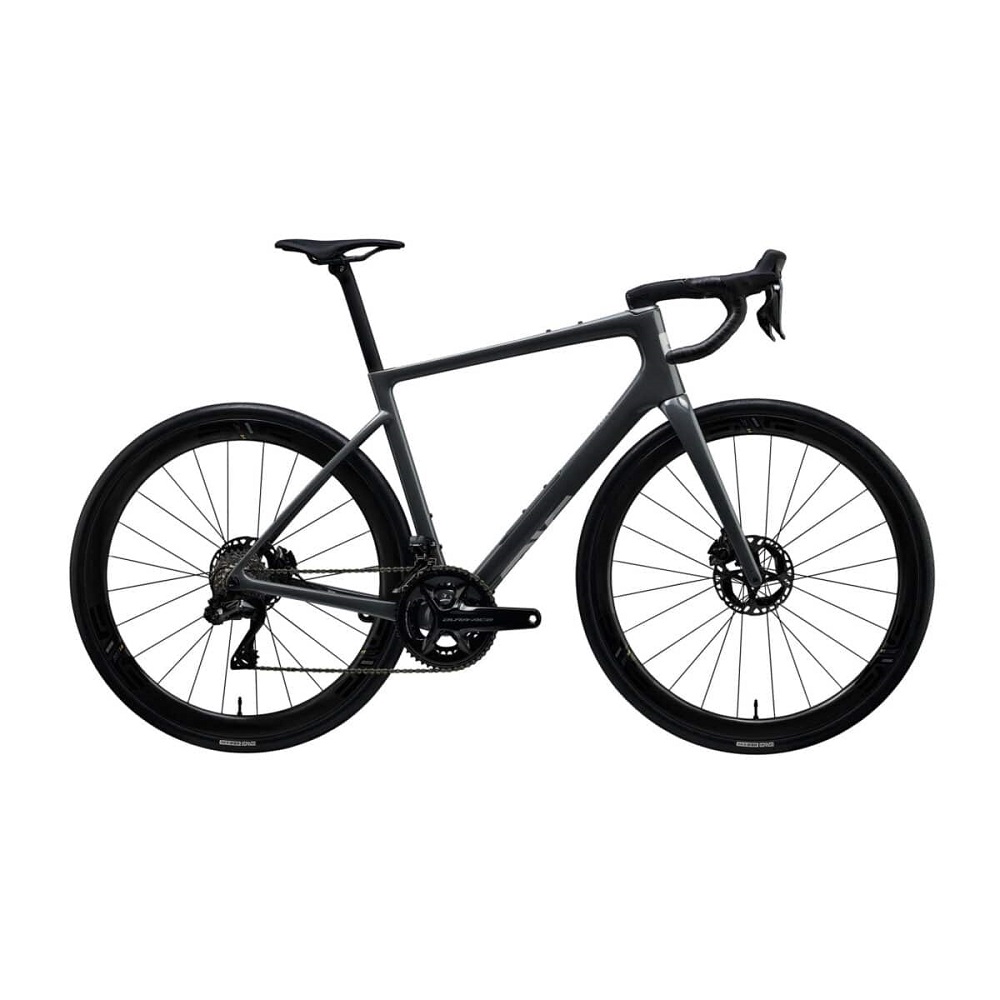
Your Journey into Road Biking Awaits
In conclusion, choosing the right road bikes for beginners can be an enjoyable and fulfilling experience. By understanding different types of bikes, essential features, and the importance of fit, you can make an informed decision that enhances your cycling journey. Setting a budget, researching brands, and maintaining your bike are critical steps to ensure long-term success.
Embrace the adventure of road biking. Take your time exploring different styles, build a routine, and engage with the cycling community. Each ride you take will help you gain confidence and improve your skills, leading to a healthier lifestyle filled with adventure. Your journey into road biking awaits, and with the right tools and knowledge, you will be well on your way to enjoying the open road. Happy cycling!
